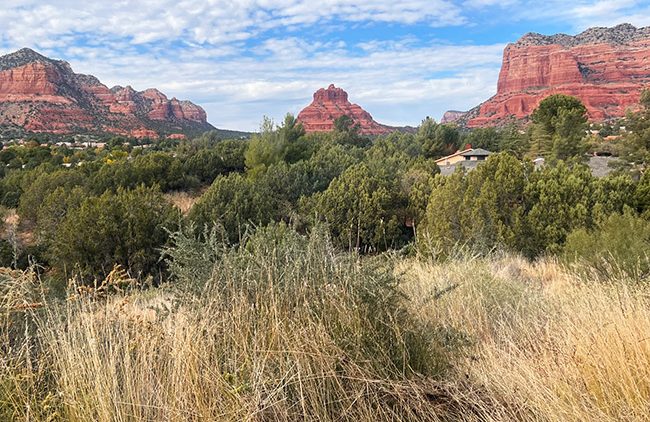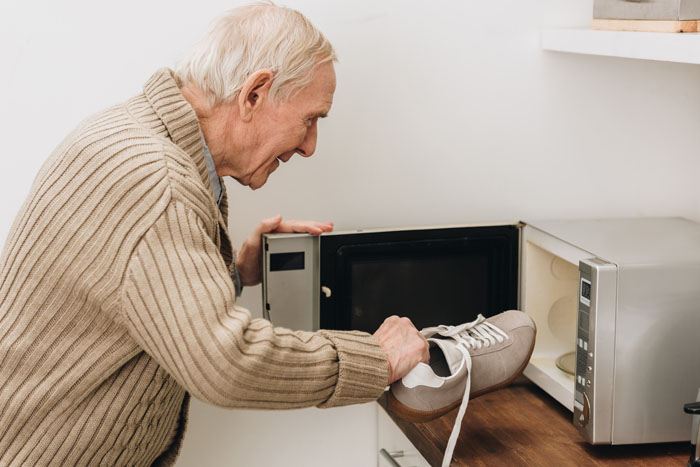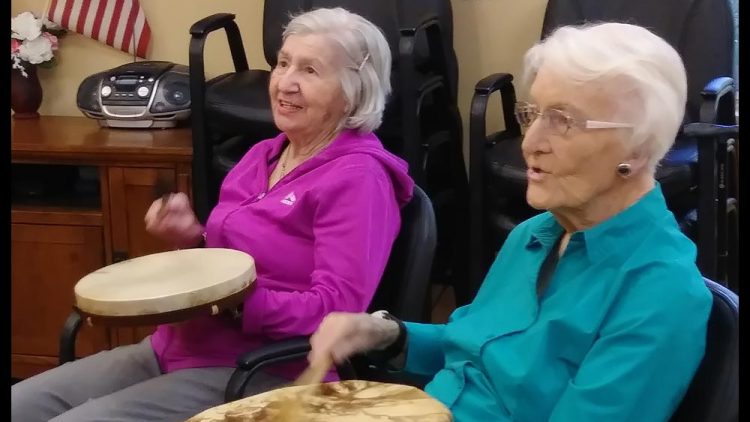What Are Respite Stays In Retirement Communities
Respite care in retirement communities usually last from seven to thirty days and are often a fantastic choice for seniors and those who love them when they are not yet ready to go ahead with a long term plan but are in need of top quality care for a brief duration of time. Read on to learn more.
Think of the following situations. These are often reasons for why a short stay in a a facility just like Sedona Winds can help.
- When the children are the main caregivers and the yare in need of some time, perhaps a vacation or other trip to help them get their energy levels back up.
- A family and a senior in need of care may not have yet settled on a place and respite care provides the opportunity for them to “try out” living there to see if it is agreeable. Whether they food is good, how they get on with other residents and staff.
- Seniors often find the prospect of living in a community more daunting than actually being there. Experiencing a senior community like Sedona Winds for a short respite stay may help them build confidence in making good moves for everyone involved.
- Once discharged from a hospital, the plan may be for the senior to return home but if some adjustments around the house are needed (a wheelchair ramp is a good example) having a loved family member stay in a community while the upgrades are completed is a great idea.
Things To Remember When Considering A Respite Stay
- Facilities for respite stays usually resemble fully operational apartments and are fully furnished. Therefore a senior just needs to bring their personal hygiene items and their clothes when they come to stay.
- Remember when in respite care, seniors can usually take full advantage of the amenities on offer at the facility as well as the social events enjoyed by other residents.
- It is important to realize if you are staying for respite care, fees are usually charged per day and at a slightly higher cost than for full time facility residents but they are still an awesome value proposition when you need this short term arrangement.
Find Retirement Communities In Sedona
Sedona Winds Retirement Community offers independent living in Sedona, Arizona, can help! Call us today at (928) 496-6547 and learn more about our facility and what we have to offer today’s seniors.
More Articles About Assisted Living
- 75 Funny Retirement Quotes
- Assisted Living Cost In Sedona
- 5 Best Retirement Communities In Arizona
- What Are The Very Early Signs Of Dementia?
- Funny Christmas Quotes For Seniors
- Best Things To Do In Sedona For Seniors
- Tips On How To Save For Retirement Without A 401k
- Physical Games For Seniors
- Retiring in Arizona Pros and Cons
- Best Places To Retire In Arizona 2020 | Retirement Communities
- Benefits of Independent Living
- Inspirational Retirement Quotes
- What Is Dementia?
- Memory Care Checklist: What To Ask & Look For
- What is Memory Care? | Questions to ask the Facility
- Senior Living Sedona
- Moving A Parent With Dementia into Assisted Living
- Common Senior Health Issues
- Benefits Of Assisted Living
- How Much Does Assisted Living Cost In Sedona Arizona?
- Assisted Living Checklist: What To Ask & What To Look For
- Biggest Reasons To Retire In Arizona
- Assisted Living Camp Verde
- Find Memory Care Facilities In Arizona
- Things to Do in Sedona for Retirees
- Quotes & Sayings For Retirement Cards – 110 Quotes – Continued
- Why Retire In Sedona Arizona?
- Why Do People Retire? Answered








